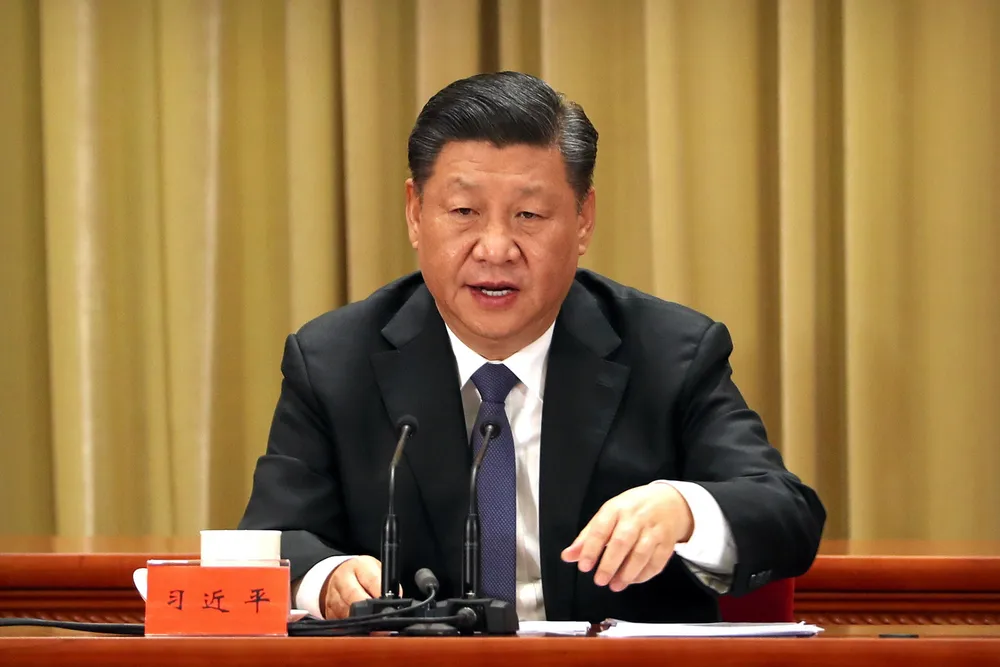China to adapt power generation to run on hydrogen
Country aims to produce low-carbon or carbon-free power by using hydrogen, gas and renewable energy

Country aims to produce low-carbon or carbon-free power by using hydrogen, gas and renewable energy
